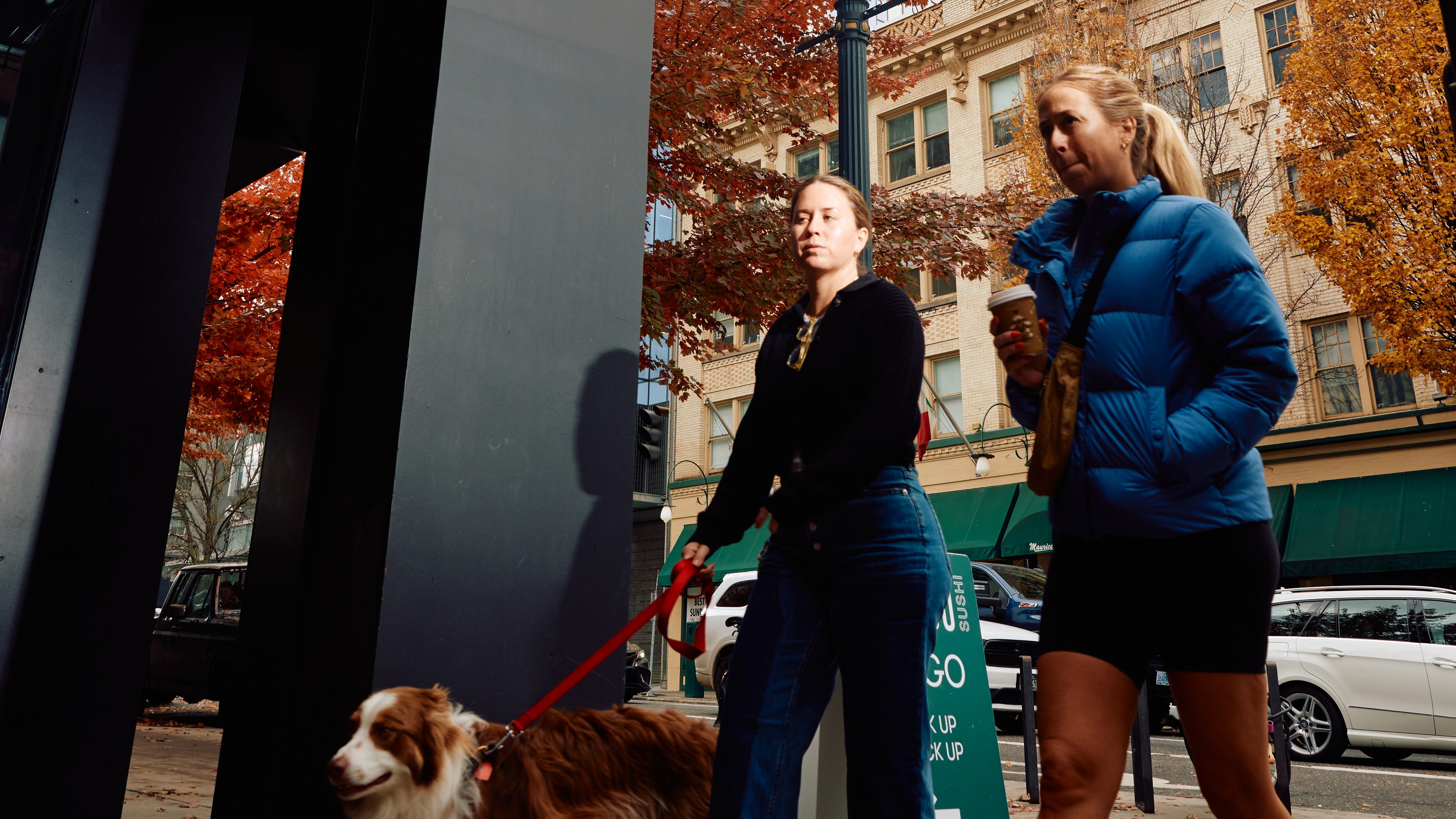Call it stagrentflation.
The average vacancy rate for apartment buildings in the Portland metro area has risen to 6.2% from 5.5% in the fall, according to Multifamily NW, a trade group of apartment owners. The slump has cast a pall over the business. Multifamily NW titled its spring report, released this week, “Staying Alive Until ’25.”
But the butt-hurt for landlords hasn’t translated into bargains for tenants. Rents actually rose slightly as demand cooled. The average rent rose to $2.06 per square foot this month from $2.04 last fall.
What’s going on? For one thing, demand for apartments in the suburbs stayed strong, so rents there haven’t fallen. The vacancy rate in Aloha stood at 4.9%, compared with 7.5% in downtown Portland. The vacancy rate in Wilsonville/Canby is 5.3%, compared with 6.8% in outer Southeast Portland, Multifamily NW said.
Vacancies are rising in the urban core, meantime, in large part because new buildings are being completed there. But building owners are less likely to cut rents on buildings that cost much more to build.
“No one would argue that 2024 has been a banner year so far for multifamily on either the sale or rental side,” Multifamily NW member Liz Tilbury wrote in the report. “Rents are flat, sales activity is abysmal, and recovery is not expected to begin in earnest until 2025, at the earliest.”
By “sale” side, Tilbury means sales of whole buildings. Only 97 buildings changed hands in the Portland metro area last year, compared with an average of 206 per year from 2005 to 2022. And it was the first year since 1989 that sales fell short of 100.
Gary Fisher, executive director of Multifamily NW, spun the report as positive for tenants.
“This latest report is good news for Oregon renters,” Fisher said in a statement. “Rents have remained very stable for nearly a year now, and with increasing vacancies, there’s more pressure on those rates to stay flat.”
If that’s the case, then St. Johns and North Portland should stay really flat. The apartment vacancy rate there was 9.3%, up from 6.1% in October, Multifamily NW said, the highest in the metro area. Northwest Portland was second at 8.7%, up from 7.4% in the fall.
Speaking again to apartment investors, Multifamily NW said: “The apartment market currently has some formidable challenges: changing population patterns, a difficult and often confusing regulatory environment, increasing vacancy rates, the high cost of capital, increased expenses and a shortage of labor. In addition, the tarnished image of Portland proper in the eyes of regional and national investors has benefitted neighboring markets, especially Vancouver and the vicinity.”
The vacancy rate in west Vancouver is 5.5%. In east Vancouver, it’s 7%. And rents remain lower there than in most other metro neighborhoods, at $1.88 per square foot in west Vancouver and $1.93 in east Vancouver.
Stagflation, by the way, occurs when prices for goods remain high even as economic growth slows. It makes few people happy, just like the Portland metro apartment market right now.

